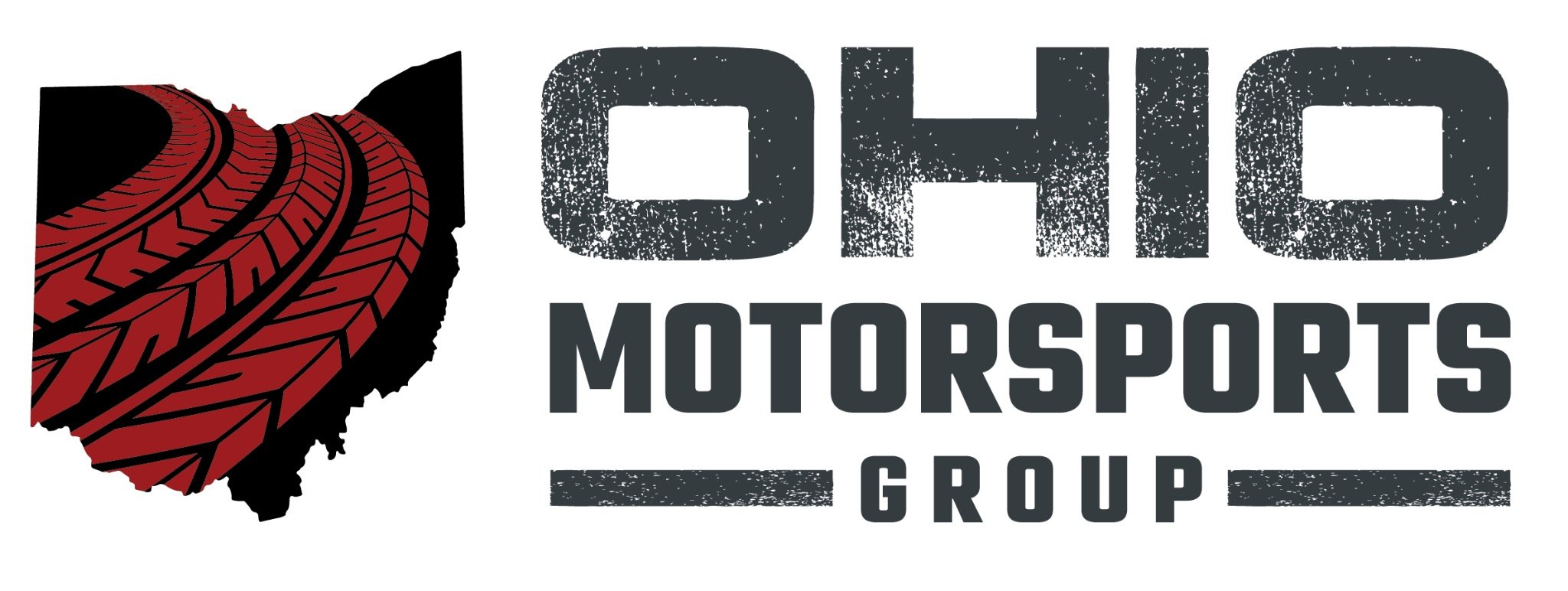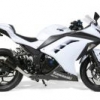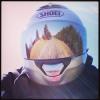What effect does weight have on grip?
-
Similar Content
-
- 983 replies
- 103,809 views
-
what to say
By BUSSYSSU,
- 1 reply
- 1,230 views
-
what to say
By BUSSYSSU,
- 0 replies
- 1,029 views
-
- 137 replies
- 50,706 views
-
- 8 replies
- 484 views
-






Recommended Posts
Join the conversation
You can post now and register later. If you have an account, sign in now to post with your account.